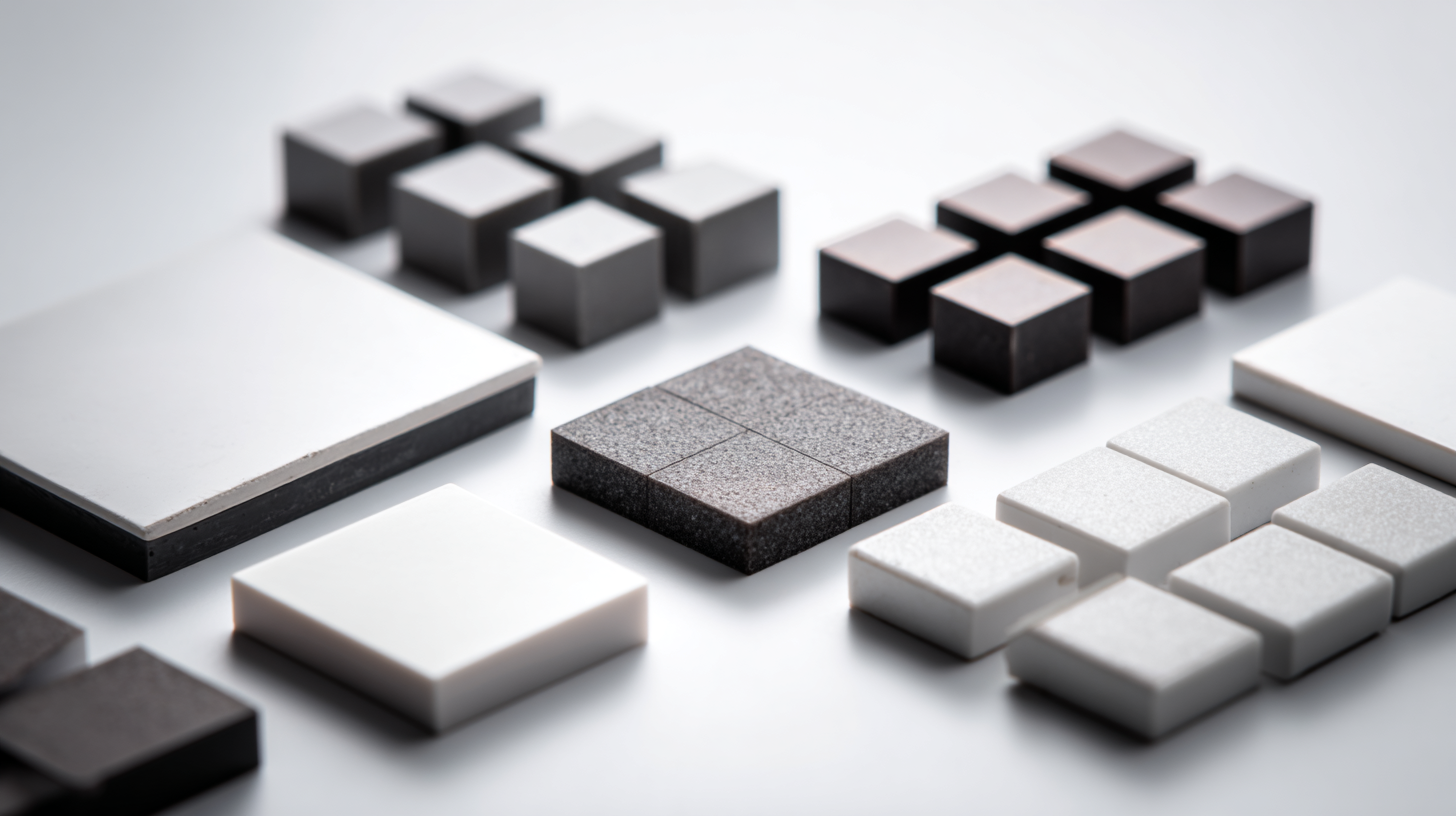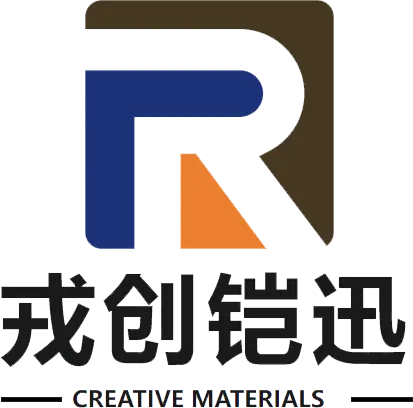In today's rapidly advancing technological landscape, the role of Ceramic Semiconductors has become increasingly vital across various industries, from telecommunications to automotive. As per recent market analysis by Research and Markets, the global ceramic semiconductor market is projected to reach USD 45 billion by 2025, driven by the rising demand for high-performance materials that offer excellent thermal and electrical insulation. These semiconductors are particularly favored for their durability, lightweight properties, and efficiency in high-temperature environments, making them an ideal choice for manufacturers seeking to optimize their production processes. Given the importance of selecting the right ceramic semiconductor for specific applications, it is crucial for industry leaders to understand the factors that influence their performance, ensuring they make informed decisions that contribute to overall operational excellence.

Ceramic semiconductors are uniquely positioned to enhance the performance of various applications in industries such as aerospace, automotive, and telecommunications. One of their most notable properties is high thermal stability, which allows them to operate efficiently at elevated temperatures, often exceeding 150°C. According to a report by MarketsandMarkets, the global market for ceramic semiconductors is expected to reach $3.2 billion by 2025, driven by innovation in high-temperature electronics. This thermal performance is particularly critical in applications where electronic devices must withstand harsh environmental conditions without compromising reliability.

Another distinct feature of ceramic semiconductors is their excellent dielectric properties, which contribute to reduced capacitance and lower energy loss in high-frequency applications. Research from the Institute of Electrical and Electronics Engineers (IEEE) indicates that ceramic materials can achieve a dielectric constant (κ) of over 100, providing a significant advantage in miniaturization and efficiency. As industries move toward more compact and efficient electronic components, ceramic semiconductors are emerging as a vital solution, meeting the demands for high performance while ensuring durability and reliability across various operating conditions.
When selecting ceramic semiconductors for your industry, it's crucial to first identify the specific requirements that will drive optimal performance. Different applications demand varying characteristics, such as thermal conductivity, electrical insulation, and mechanical strength. For example, if you’re in the automotive industry, look for semiconductors that can withstand high temperatures and vibrations. In contrast, the electronics sector may prioritize materials that offer excellent dielectric properties and miniaturization potential.
Tip: Consider conducting a thorough analysis of your current and future applications. This will help you determine the essential attributes your semiconductors should possess, ensuring they meet both performance standards and long-term reliability.
Moreover, advancements in ceramic materials often introduce enhanced properties, such as improved thermal stability and greater resistance to environmental factors. These innovations can significantly impact the durability and efficiency of your final product. Collaborating with suppliers who understand these advancements can provide insights tailored to your specific needs.
Tip: Engage in open dialogue with manufacturers to explore the latest ceramic semiconductor technologies that align with your industry’s requirements. This proactive approach can lead to discovering solutions that enhance your operational capabilities.
When selecting ceramic semiconductors for specific applications, it's crucial to understand the common performance issues that can arise with different types. One significant concern is the thermal conductivity of the ceramic material. Some ceramics may have low thermal conductivity, leading to inefficient heat dissipation. This can result in overheating during high-power operations, causing the semiconductor to fail prematurely or operate suboptimally. Industries that require high thermal management must carefully consider the thermal properties of the ceramic used.

Another common issue is dielectric breakdown, which can occur in certain ceramic semiconductors under high voltage conditions. Materials with insufficient dielectric strength can suffer from reliability problems, leading to unexpected failures in critical environments. This is particularly important for sectors like telecommunications and automotive, where high voltage applications are standard. Selecting ceramics with appropriate dielectric properties not only enhances performance but also increases the longevity and reliability of the components in which they are used.
When selecting ceramic semiconductors for industrial applications, evaluating thermal and mechanical stability is paramount. These materials are often subjected to extreme conditions, and their performance under such stresses can significantly impact the efficiency and longevity of electronic devices. According to a recent report by MarketsandMarkets, the global ceramic semiconductor market is projected to grow from $7 billion in 2022 to $12 billion by 2027, driven in large part by the increasing demand for materials that can withstand high temperatures and mechanical loads.
In ceramic semiconductor materials, thermal stability is typically characterized by their ability to maintain conductivity and structural integrity at elevated temperatures. For example, alumina-based semiconductors exhibit exceptional thermal resistance, withstanding temperatures up to 1600°C. Mechanical stability is equally critical; materials like silicon carbide and gallium nitride demonstrate high tensile strength and fracture toughness, making them ideal for high-power applications. The combination of these properties not only ensures reliable operation in harsh conditions but also enhances the overall performance of the end products.
According to a study by the International Journal of Applied Ceramic Technology, substrates that meet these stability criteria significantly reduce the risk of failure, thereby extending the product lifecycle and optimizing performance in demanding environments.
When selecting ceramic semiconductors for your industry, rigorous testing is paramount to ensure optimal performance under various conditions. Start with electrical testing, which includes measuring resistivity, capacitance, and loss tangent. These parameters are crucial in determining how well the semiconductors will function in the intended application. Additionally, thermal stability tests should be conducted to evaluate how the materials respond to temperature fluctuations, which can significantly impact their performance and longevity.
Implementation of ceramic semiconductors requires careful consideration of the application environment. Factors such as humidity, pressure, and potential exposure to chemicals can affect the performance of these components. It’s essential to collaborate closely with suppliers to understand the material properties and compatibility with specific applications. Best practices involve prototyping and iterative testing to refine the integration process, ensuring that the ceramic semiconductors meet the operational demands while minimizing the risk of failure. Proper documentation and adherence to industry standards during the implementation phase will yield the best results and enhance the reliability of the systems utilizing these advanced materials.
